|
A History Yet Unfolding There have been people on the Olympic Peninsula for more than 13,500 years. Many tribes used what is now Olympic National Park as their home, hunting grounds, and transporation routes prior to and after European American arrival. Established first as a National Monument in 1909 by the Federal Government, it was redesignated as a National Park in 1938. Olympic National Park's rich human and ecological stories conintue to unfold today. 
Women in the Pacific West
Learn about this siti·yak, used by Makah women in a basket making tradition passed down through generations, and other fascinating objects. 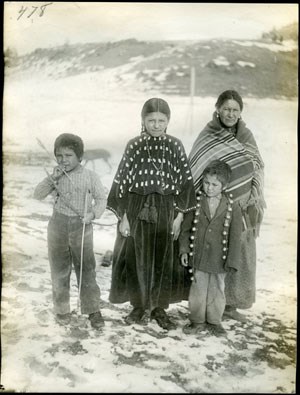
Photo Courtesy Fannie Taylor Collection. A Rich Culture: First Peoples Time Immemorial – 1800s Local communities are closely and directly linked to the park in culture, heritage, and tradition, and also provide important historical information and meaning to the park's landscape. Eight contemporary tribes of the Olympic Peninsula - the Makah, Quileute, Hoh, Quinault, Skokomish, Port Gamble S'Klallam, Jamestown S'Klallam, and Lower Elwha Klallam - have lived in this area since time immemorial and continue to maintain strong relationships to the lands and waters now within Olympic National Park. 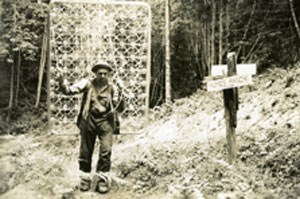
Olympic Exploration and Settlement of the Elwha Valley. The 1800s. Since the 1880s, the Olympic Peninsula's spectacular mountains, rain forest, and unique wildlife have captured the attention of visitors, park advocates, and naturalists. By 1890 Naturalist John Muir, Washington Congressman James Wickersham, and Lieutenant Joseph O'Neil, who led the first well-documented exploration of the peninsula's interior, each respectively proposed creation of a national park on the Olympic Peninsula. 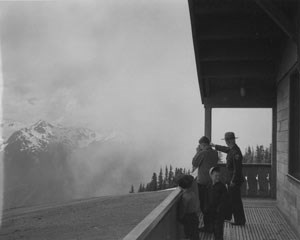
Preservation and Becoming a National Park: 1890s-1953 In 1897 the area received its first national designation, as Olympic Forest Reserve, by President Grover Cleveland in response to concern about the area's disappearing forests. Eight years later, in 1909, President Teddy Roosevelt designated a part of the reserve as Mount Olympus National Monument to protect the habitat of Roosevelt Elk, whose population was in steep decline. 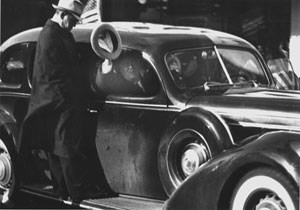
In 1937 President Franklin Roosevelt visited the Olympic Peninsula and added his support to establishment of a national park. The following year he signed the act designating Olympic National Park. An additional area of Pacific coast was added in 1953. 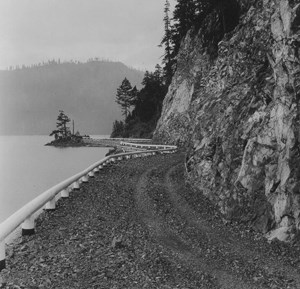
Brooks Collection. Modern Times: Designations and PartnershipsOlympic National Park's outstanding attributes have also led to international recognition. In 1976 the park was designated an International Biosphere Reserve in the Man and the Biosphere Program by United Nations Educational, Scientific, and Cultural Organization (UNESCO). International recognition came again in 1981 when the park was declared a World Heritage Site by the World Heritage Convention, joining it to a system of natural and cultural properties that are considered irreplaceable treasures of outstanding universal value. 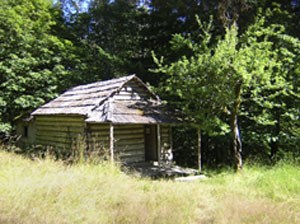
Interwoven throughout the park's diverse landscape is an array of cultural and historic sites that tell the human story of the park. More than 650 archeological sites document over 13,500 years of human occupation of Olympic National Park lands. Historic sites reveal clues about the 200-year history of exploration, homesteading, and community development in the Pacific Northwest, as well as the continuing evolution of the federal preservation ethic. |
Last updated: November 18, 2025
